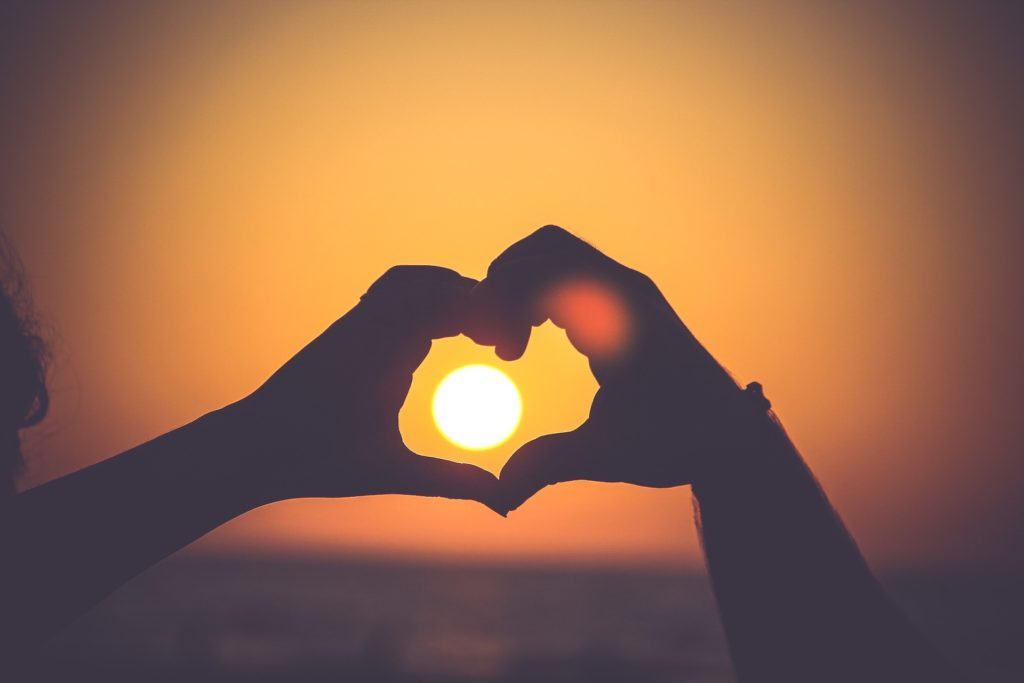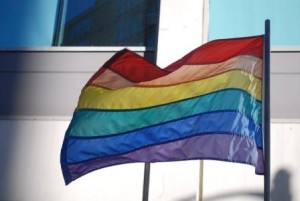- Calls to this hotline are currently being directed to Within Health, Fay or Eating Disorder Solutions
- Representatives are standing by 24/7 to help answer your questions
- All calls are confidential and HIPAA compliant
- There is no obligation or cost to call
- Eating Disorder Hope does not receive any commissions or fees dependent upon which provider you select
- Additional treatment providers are located on our directory or samhsa.gov
Eating Disorder Risk and Sexual Minorities

The list of overwhelming daily life challenges facing sexual minorities in our culture continues to be unacceptably long. Unfortunately, being at a higher risk for developing disordered eating beliefs and behaviors is on this list. A recent study found more evidence to support that.
However, research has shown for some time that individuals in the LGBTQ+ community are more vulnerable to be diagnosed with an eating disorder than their cisgender, heterosexual peers. Many aspects of daily life and self-view contribute to this and deserve to be considered in order to understand why this population is at such high risk.
Sociocultural Perspective in Sexual Minorities
An estimated 5-20% of people with eating disorders are men, and a disproportionate amount of these are gay and bisexual (1). Not only that, but the rate of gay and bisexual men with eating disorder related symptoms is also 10 times higher than men that are heterosexual (1).
One study considers this from the lens of a socio-cultural perspective, which “implicates social and cultural values and norms that advance notions of an ideal body image that are unobtainable by many, which can influence self-esteem and attitudes towards eating and food (1).” As such, researchers point out that gay and bisexual men are subject to the socio-cultural demands of heterosexual women, as both parties aim to attract men (1).
Examples of this are that men may view the body as an ornamental and/or sexual object, meaning heterosexual women and gay and bisexual men are more likely to experience body dissatisfaction (1). Further supporting this perspective is that lesbian and bisexual women have lower levels of body dissatisfaction and report that they do not share the standards of beauty espoused by Western society.
The social perspective of an individual in the LGBTQ+ community is undoubtedly different than those in the heterosexual and cisgender community. Further, the experiences of those within the LGBTQ+ community differ as well. This perspective can be a strong influence on the relationship one has with themselves, their worth, food, and the body.
Experiences of Trauma
 Eating disorders can have many causes, one of which can be past experiences of trauma. What constitutes an experience of trauma depends on the individual’s reaction. However, many that are commonly found in individuals with both eating disorder diagnoses that are LGBTQ+ include sexual abuse, physical abuse, verbal abuse, bullying, abandonment, rejection, and violence, to name only a few.
Eating disorders can have many causes, one of which can be past experiences of trauma. What constitutes an experience of trauma depends on the individual’s reaction. However, many that are commonly found in individuals with both eating disorder diagnoses that are LGBTQ+ include sexual abuse, physical abuse, verbal abuse, bullying, abandonment, rejection, and violence, to name only a few.
Disordered eating behaviors can often arise out of these experiences, as individuals do not know how to effectively cope with the trauma they have experienced or how to regain control when they may feel powerless. Feeling out-of-control, rejected, unworthy, unwanted, helpless, abandoned, unlovable, depressed, and anxious are mental health symptoms shared by a see two populations as well.
The “Q” in LGBTQ+
A study recently considered eating disorder risk within the LGBTQ+ community, considering whether this risk changes based on an individual’s identification as lesbian, gay, bisexual, transgender, questioning, etc. The study learned that those individuals that identify as questioning or bisexual “appear to be particularly vulnerable (2).”
These individuals have shown to be at an elevated risk for eating disorders from their heterosexual peers but under-diagnosed when compared to their gay or lesbian peers. Many of these studies are building off of what we already know, that sexual minorities are more vulnerable to developing disordered eating thoughts, beliefs, and behaviors.
As we continue to learn more, it can only help us support these populations in hearing their individual and unique experiences and helping them work toward recovery.
Resources:
1. Feldman, M. B., Meyer, I. H., (2007). Eating disorders in diverse lesbian, gay, and bisexual populations. International Journal of Eating Disorders, 40:3.
2. Hazard, V. M. et al. (2020). Disparities in eating disorder risk and diagnosis among sexual minority college students: findings from the national healthy minds study. International Journal of Eating Disorders.
About the Author:
 Margot Rittenhouse, MS, PLPC, NCC is a therapist who is passionate about providing mental health support to all in need and has worked with clients with substance abuse issues, eating disorders, domestic violence victims, and offenders, and severely mentally ill youth.
Margot Rittenhouse, MS, PLPC, NCC is a therapist who is passionate about providing mental health support to all in need and has worked with clients with substance abuse issues, eating disorders, domestic violence victims, and offenders, and severely mentally ill youth.
As a freelance writer for Eating Disorder Hope and Addiction Hope and a mentor with MentorConnect, Margot is a passionate eating disorder advocate, committed to de-stigmatizing these illnesses while showing support for those struggling through mentoring, writing, and volunteering. Margot has a Master’s of Science in Clinical Mental Health Counseling from Johns Hopkins University.
The opinions and views of our guest contributors are shared to provide a broad perspective on eating disorders. These are not necessarily the views of Eating Disorder Hope, but an effort to offer a discussion of various issues by different concerned individuals.
We at Eating Disorder Hope understand that eating disorders result from a combination of environmental and genetic factors. If you or a loved one are suffering from an eating disorder, please know that there is hope for you, and seek immediate professional help.
Published August 26, 2020, on EatingDisorderHope.com
Reviewed & Approved on August 26, 2020, by Jacquelyn Ekern MS, LPC

The EatingDisorderHope.com editorial team comprises experienced writers, editors, and medical reviewers specializing in eating disorders, treatment, and mental and behavioral health.

